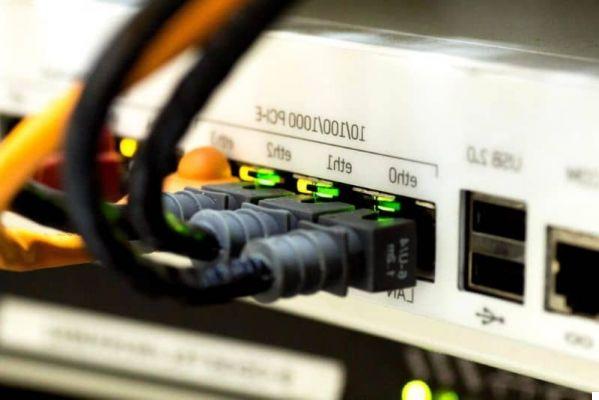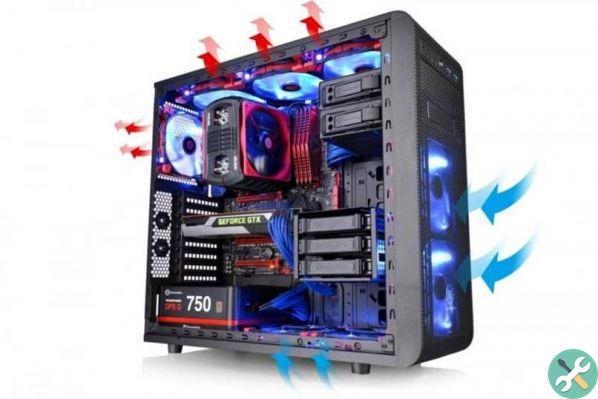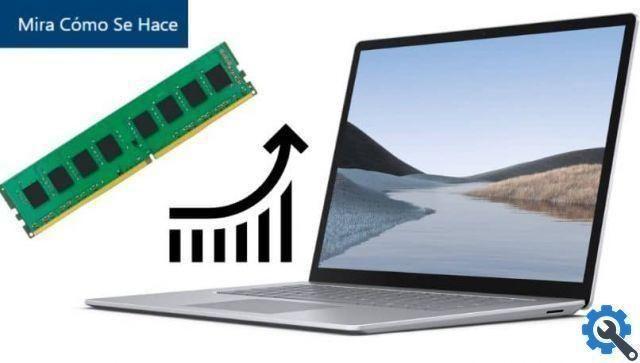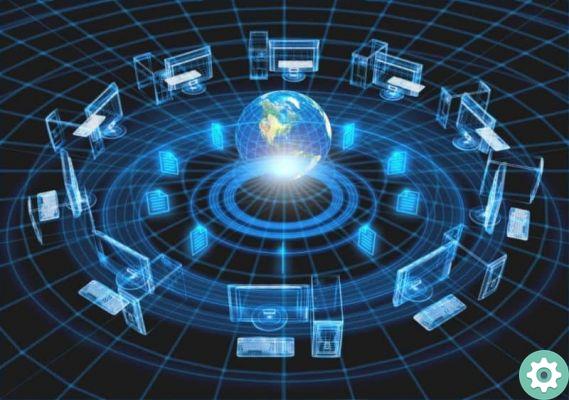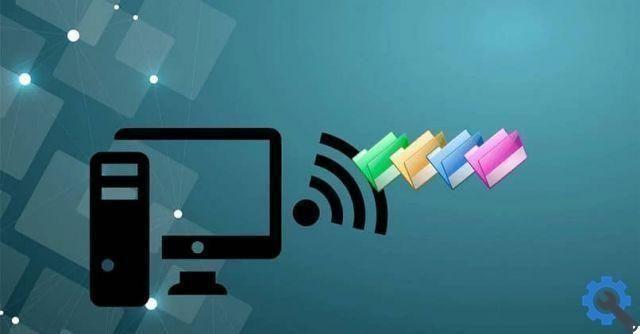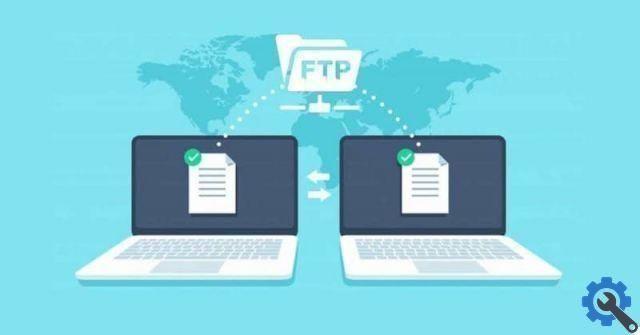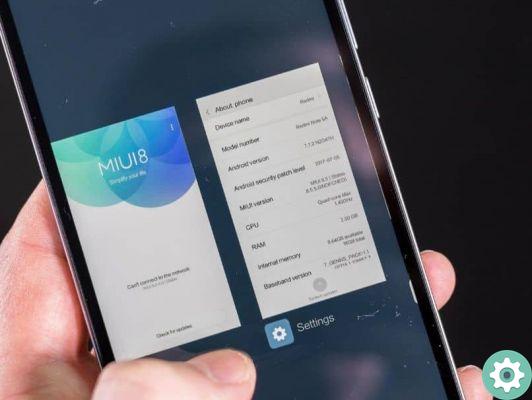If you have begun to study Internet security, you may find network protocols or services, which are nothing more than the foundation for communication within the system.
The connections made through a network platform consist of a series of barriers and parameters that allow establish telecommunication.
This is similar to different everyday aspects of the human being, because whether it is watching television, communicating on the cell phone or making a purchase at the supermarket, a series of steps must be performed correctly to achieve this goal.
Network protocols work in the same way, since any information transmitted by the computer respects the rules established by the connection.
Furthermore, it does not only deal with the data, as they are also responsible for the granting an identification, address and meaning to the computer connecting to the Internet.
So, keep reading this article to understand how these parameters are set up and work within a network system.
What is the purpose of network services?
In connection with the above, it is known that a network protocol is one that establishes a set of rules for check communication between computers and devices connected to the Internet.
The purpose or goal of these limitations is that every computer has the opportunity to obtain identification that allows him to browse networks.
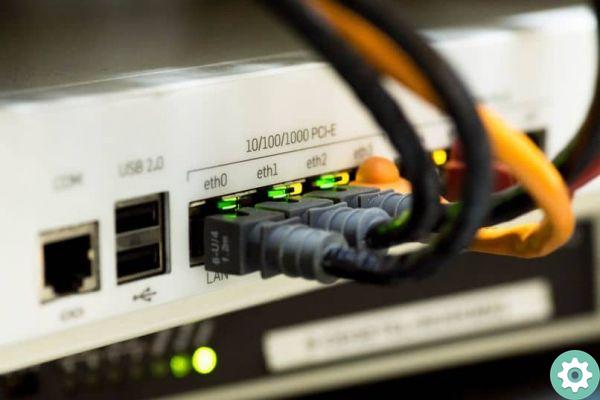
Likewise, it has the task of controlling the fluidity with which information is transmitted, in the form of "feedback", so as to be able to verify the reliability of the data.
How is communication established between protocols on a network?
An easier way to understand how network services work is to use the following example:
The big ones companies like Google they establish a connection network that will work to communicate with all teams within their architecture.
An administrator is the one who will take care of the creation of the protocol, which will allow the connection between them, through wired or wireless means.
In other words, the protocols are classified and they work according to the size they have to occupy (both large and local), e the type of firewall and identification that they will grant to each computer.
The 4 most used network services today
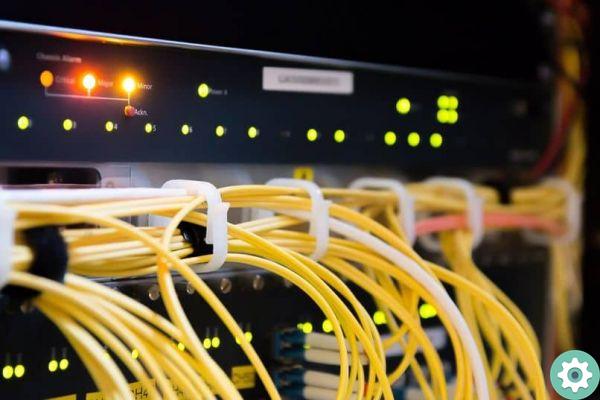
As the multiple occupations covered by Internet networking protocols have become clear, only the common ones need to be mentioned.
IP - Internet Protocol
His name is widely recognized by all Internet users, as he is in charge of establishing the set of rules for the transmission of information through the network.
It is also considered as a series of specifications for the connection, since it establishes the IP address that the computer will work with and the path through which the data exchanged on the Internet will travel.
DNS - Domain Name System
As the name indicates, it is the parameter that is responsible for the translation domain names into IP addresses, so that the user can access the page.
At the same time, DNS is meant to make it easier for people to browse the internet, as it is clearly easier remember a name like Wikipedia, rather than a series of numbers that make up your server address.
FTP - File transfer protocol
It is the simplest method for transfer files between computers using the Internet.
This type of network service uses TCP and IP, which are nothing more than transmission and control of addresses. In this way they manage the transfer of data to locate them within the traffic, and then subsequently reach their destination.
DHCP - Dynamic Host Configuration Protocol
Considered the most important of all services, since that's what establishes the client and server connection to achieve dynamic management.







